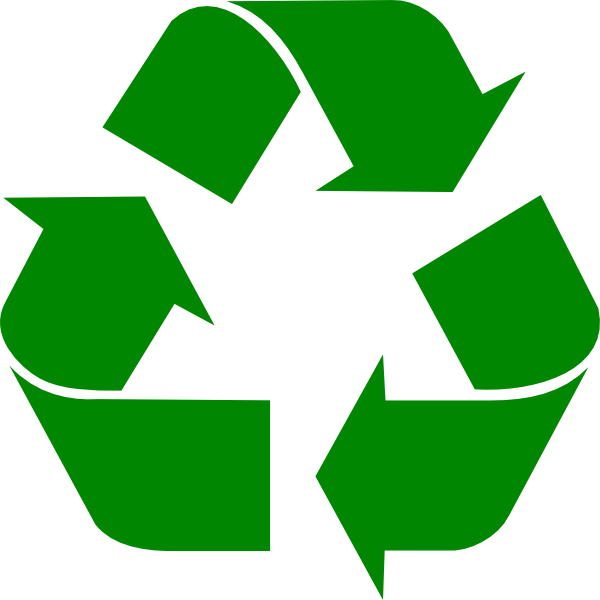

Victoria Skoog & Madeline Joyal
Unit topic: Earth Day
Grade: Kindergarten
Lesson topic: Recycling
Lesson Objectives:
Students will be able to make inferences about how trash negatively impacts habitats.
Students will be able to distinguish the difference between paper, plastic, and cans.
Students will be able to make sense of what objects can be recycled and what items belong in the trash.
Instructional Techniques:
Group discussions
Worksheets
Computer game
Instructional Materials:
Computers (for Earth Day computer game)
Tally sheets
Trash vs Recycling worksheet (+ sheet of objects to cut out)
Theoretical Perspective:
Littering fines - $300 - $1,000
Recycling saves the environment
We can reuse recyclables to turn into something new
Procedure:
INTRODUCTION:
Group Discussion - First, the class will have a discussion about what is recyclable and what should be thrown away in the trash. Then, the students will participate in a hands-on activity where there will be real life examples of recyclables (paper, plastic, cans, etc.) and trash (light bulb, banana peel, bandage, etc.). Students will be informed of which objects are recyclable and which are trash and they will be able to put them in the corresponding bins (recycle bin and trash can).
STEP BY STEP:
Computer game (independent) - Earth Day (http://more2.starfall.com/n/holiday/earthday/load.htm?f&redir=www)
Handout (to go along with the computer game) - Tally Sheet (independent): Students will tally the amount of paper, plastic, and cans that they put into the corresponding bin.
Formal Evaluation - Worksheet (independent) - trash vs recycle
After the computer game is finished and the handout is turned in, students will receive a worksheet. It will be broken up into a T-chart with “recycling” on one side and “trash” on the other.
Students will have another sheet with an assortment of objects that either fall into the “recycling” or “trash” category. They will be instructed to cut out the items and paste them into the proper receptacle on the T-chart.
CONCLUSION:
Group Discussion - The unit will end with an explanation of how littering negatively impacts the environment and can hurt the animals in that habitat.
ADAPTATIONS:
The website works well for children who aren’t able to read yet. It allows for the students to click on each word, which will then be read out loud to them. This website also has pictures that essentially summarize the words.
As the students are working on the handout and worksheets, the teacher will be walking around the room to further explain the task to help students who are confused.
Evaluation:
Objective one is that students will be able to make inferences about how trash negatively impacts habitats. This objective will be reached after students play the online activity and they will see that as the trash gets cleaned up, the animals can come back to their homes. This objective will be assessed when the teacher asks the students questions about what they saw after they’re done with the online activity.
Objective two is that students will be able to distinguish the difference between paper, plastic, and cans. The online activity will help students see the difference between these items when they are sorted on the online activity. The tally sheet will reinforce their understanding because the students need to know how many items go into each receptacle.
Objective three is that students will be able to make sense of what objects can be recycled and what items belong in the trash. After students participate in the hands-on class activity and the online activity, they will complete the “Trash or Recycling?” worksheet. This worksheet will serve as an assessment of their understanding of what items can be recycled and which should be put in the trash.
A concern that I would have about teaching this lesson is that the website might not be working or there could be a computer error. If this happened, the class would continue by doing only the hands on activity, as well as the “Trash or Recycling?” worksheet.